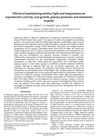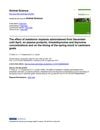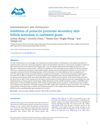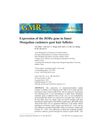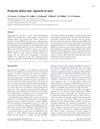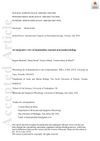Effect of Constant-Release Melatonin Implants and Prolonged Exposure to a Long Day Photoperiod on Prolactin Secretion and Hair Growth in Mouflon (Ovis Gmelini Musimon)
January 2004
in “
Domestic animal endocrinology
”
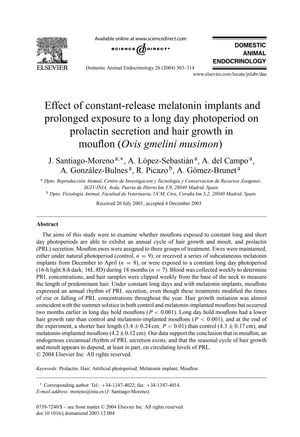
TLDR Melatonin implants and long daylight hours alter the timing of hormone release and hair growth in mouflon sheep.
In a study conducted 20 years ago, researchers investigated the effects of photoperiods and melatonin on prolactin (PRL) secretion and hair growth in mouflon ewes. The study involved 24 ewes divided into three groups: a control group under natural photoperiod (n = 9), a group with melatonin implants from December to April (n = 8), and a group exposed to constant long day photoperiods (16L:8D) for 18 months (n = 7). Weekly blood samples were collected to measure PRL concentrations, and hair samples were taken to assess hair growth. The results showed that mouflons maintained an annual rhythm of PRL secretion under both constant long days and with melatonin implants, although the timing of PRL concentration changes was altered. Hair growth began around the summer solstice for the control and melatonin-implanted groups but started two months earlier for the long day group. The long day group also had a lower hair growth rate and shorter hair length at the end of the experiment compared to the other groups. The study concluded that mouflons have an endogenous circannual rhythm of PRL secretion and that hair growth and moult cycles are partly dependent on PRL levels.
